Gastrointestinal defects and immunodeficiency syndrome with normal in vitro IgG production
Abstract
Background
Methods
Cell culture
B cell class switch analysis
IgG quantification by ELISA
Genetic analysis
Results
Case report
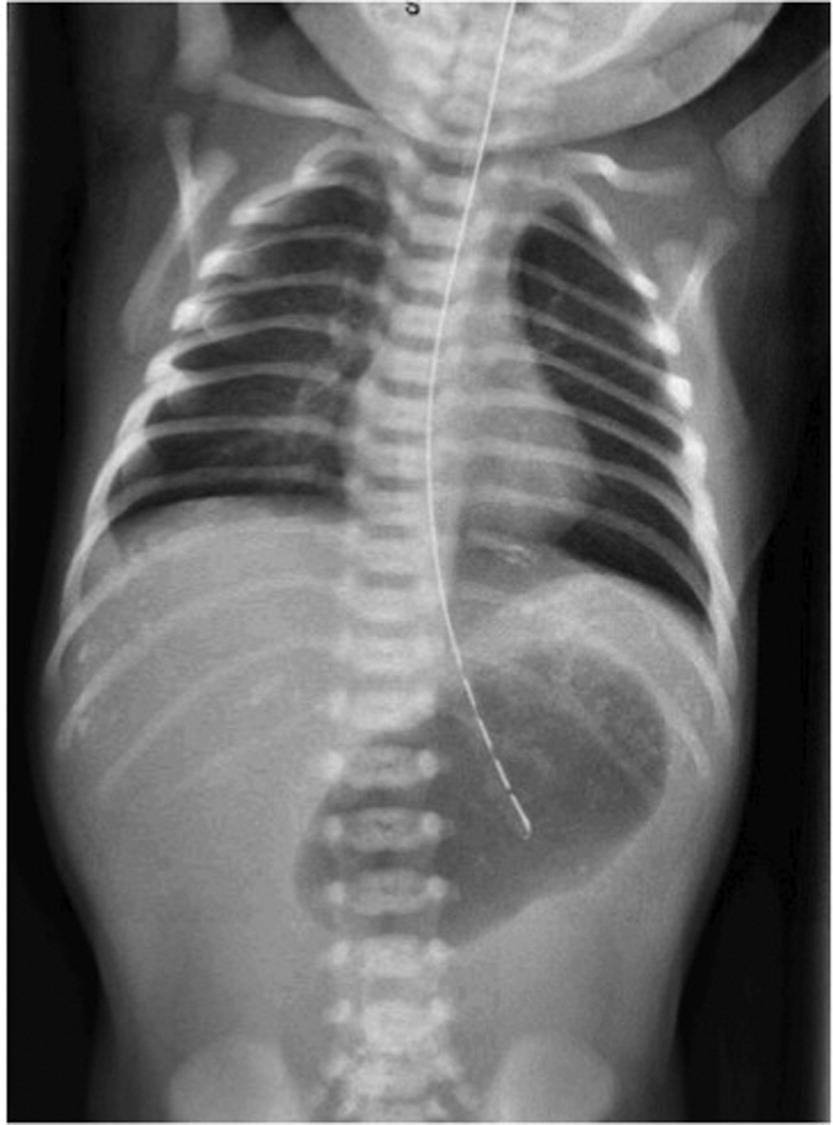

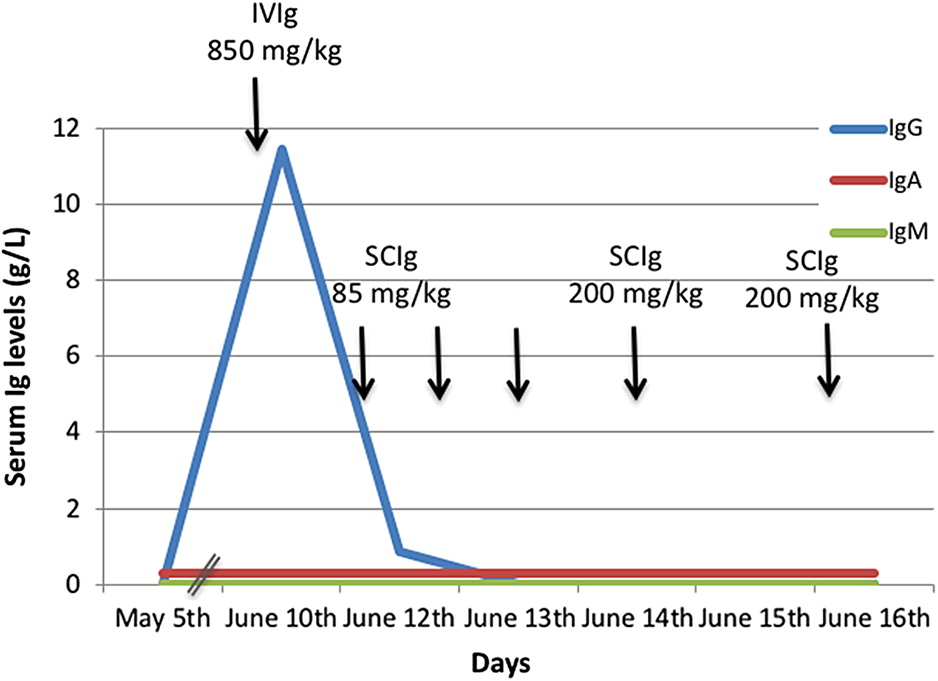

B cell class switch analysis
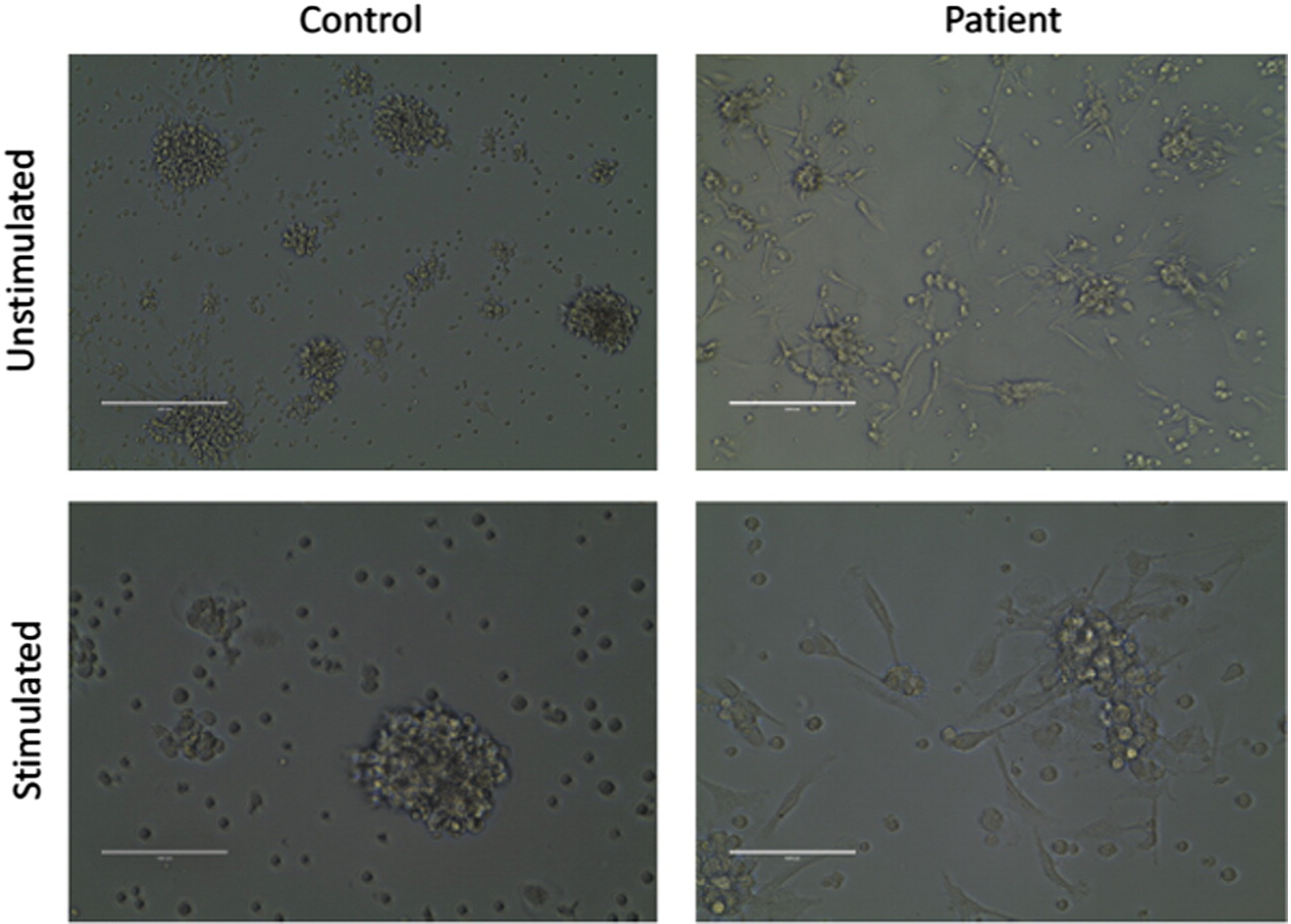
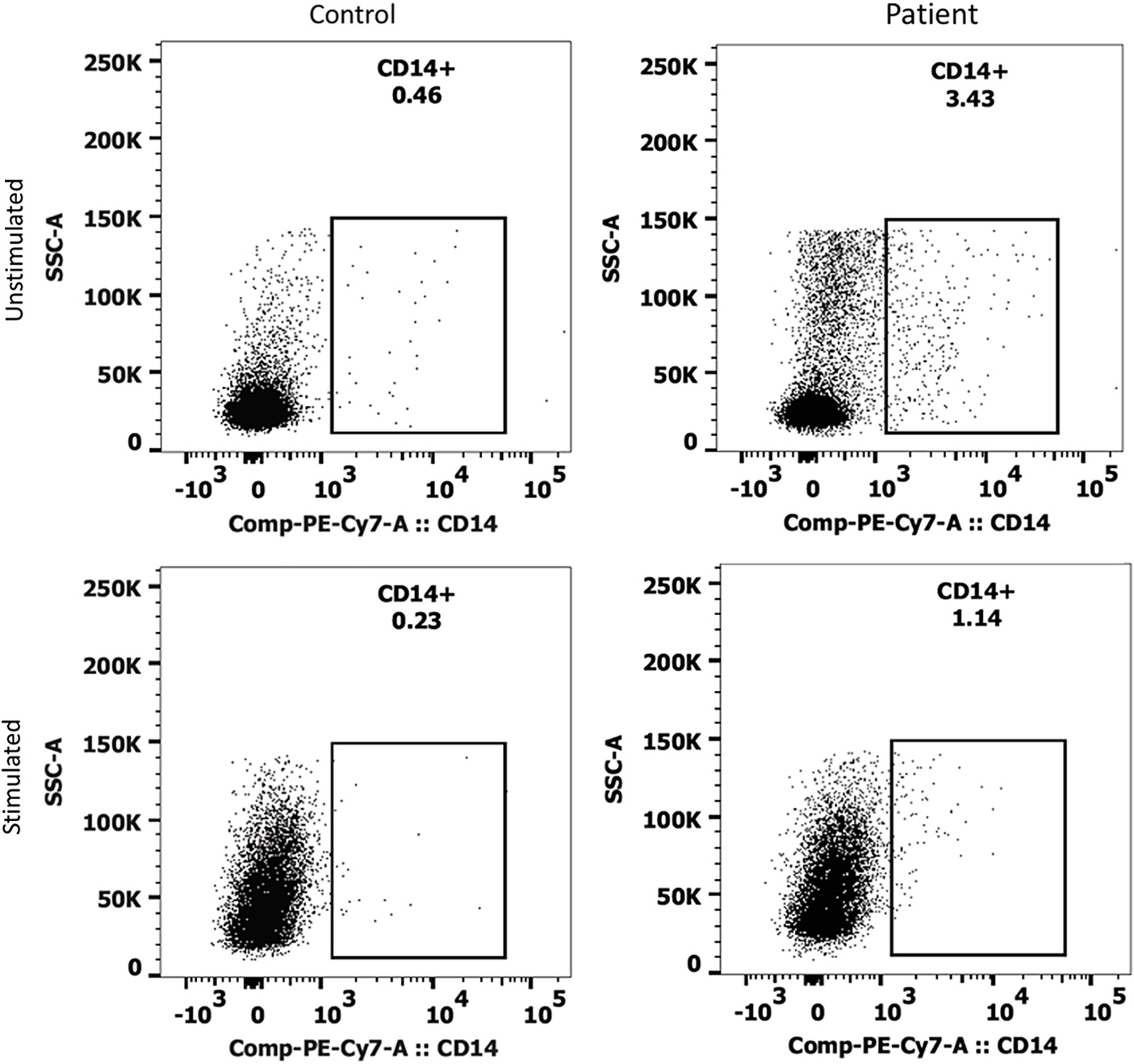
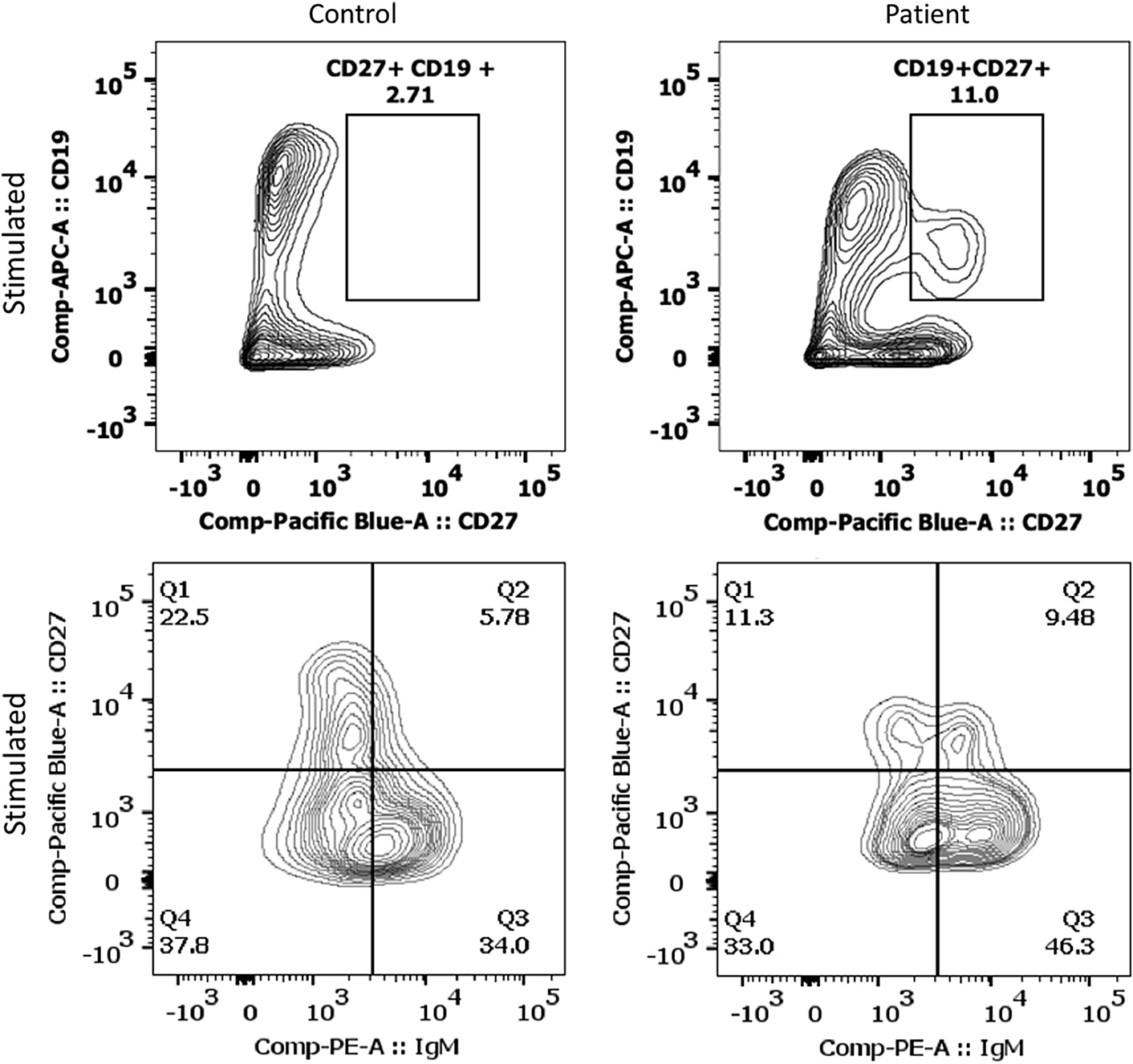
Discussion
Conclusion
REFERENCES
Information & Authors
Information
Published In

History
Copyright
Authors
Metrics & Citations
Metrics
Other Metrics
Citations
Cite As
Export Citations
If you have the appropriate software installed, you can download article citation data to the citation manager of your choice. Simply select your manager software from the list below and click Download.
There are no citations for this item
View Options
View options
Get Access
Login options
Check if you access through your login credentials or your institution to get full access on this article.


